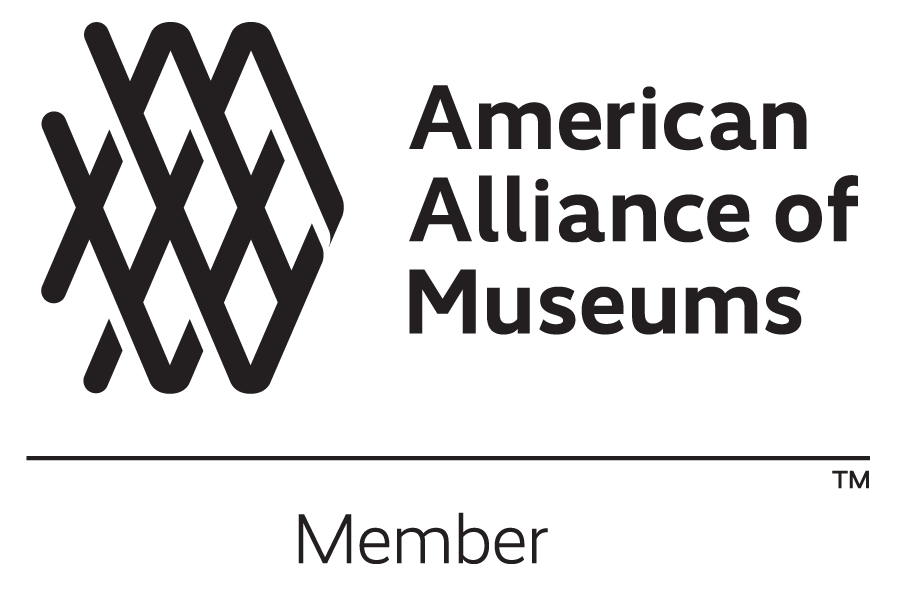Adeline Moses Loeb Gallery
Fraunces Tavern Museum’s permanent collection holds numerous treasures of the American Revolutionary era that bring the stories of those who helped achieve American Independence to life. In this exhibition, the Museum showcases a carefully curated selection of orderly books that detail how officers used daily orders to train, manage, and discipline soldiers, turning ordinary colonists into a trained force capable of challenging the world’s most powerful army.
Path to Liberty: Orders, Discipline and Daily Life is the newest special exhibition in the Museum’s Path to Liberty series that already includes Path to Liberty: The Emergence of a Nation and Path to Liberty: The War Reimagined.
Mesick Gallery
Fraunces Tavern was a witness to history throughout the Revolutionary War Era. Among the many historic events that took place there, Fraunces Tavern served as a meeting place for the Sons of Liberty, a site for trials that were part of a process that led to the emancipation of thousands of Black Loyalists, and the setting for Washington’s farewell to his officers. Two hundred fifty years later, Fraunces Tavern Museum honors this history with Path to Liberty: The Emergence of a Nation. Commemorating the United States Semiquincentennial, Path to Liberty is a chronological, multi-year, multi-installment, multi-gallery special exhibition featuring communications documents, artifacts, and works of art from the Museum’s permanent collection telling the history of the American Revolution from 1775 to 1783, with a distinctive focus on what occurred in New York and the surrounding areas. The exhibitions are part of the Museum’s broader Liberty 250® program that commemorates the 250th anniversaries of our Nation’s founding through exhibitions, lectures, programs, and commemorative events.
The first segment of the exhibition focuses on the years 1775 to 1776. Personal letters, artifacts, and works of art from the Museum’s permanent collection paint a picture of the Revolutionary War’s early defining moments, such as the Battles of Lexington and Concord and the Declaration of Independence. This first segment has a particular focus on the Battle for New York, including the Battle of Long Island (Brooklyn), the Battle of Harlem Heights, and the Battle of White Plains.
Kathryn and Shelby Cullom Davis Educational Center for American History
Fraunces Tavern Museum’s history painting collection includes works from the 19th and 20th centuries, bringing the storied events of the Revolutionary War to life. Scenes by illustrators such as John Ward Dunsmore became ubiquitous to Americans during the mid-20th century, when they were printed not only in books and magazines, but also on everyday objects. Selected works from this collection are on display throughout the gallery.
The paintings on display further illustrate the events of the American Revolutionary War featured in our special exhibition Path to Liberty: The Emergence of a Nation commemorating the United States Semiquincentennial.
Kathryn and Shelby Cullom Davis Educational Center for American History
This exhibition provides a visual overview of the history of the museum’s landmark building at 54 Pearl Street (Fraunces Tavern). Fraunces Tavern Museum expresses appreciation to Lisa Goulet, Collections Manager, and Craig Hamilton Weaver, Co-Chairman of the Museum and Art Committee for curating the exhibit, and to Renee Witterstaetter, member of the Museum and Art Committee, who first envisioned the creation of this theatre, and who wrote and produced the new film showing inside the theatre Fraunces Tavern: It Happened Here! The museum is deeply grateful to Lead Sponsor the Robert David Lion Gardiner Foundation for making this exhibition a reality.
In addition to serving meals and alcoholic beverages, providing lodging to guests was one of the essential functions of the colonial tavern. This was especially the case with larger urban taverns such as Fraunces Tavern, with its nine large public rooms and five bedchambers for guests. This new permanent exhibition in a room now open to the public will portray one of these private bedchambers. It is furnished to exemplify the accommodations provided to a typical wealthy merchant and the trunk he would have brought with him on his journey during Fraunces Tavern’s economic heyday prior to the British occupation of New York City during the Revolutionary War.
In 1783, as the Revolutionary War drew to a close, a joint British and American commission–formed as part of the process to implement the peace–met at Fraunces Tavern to review and deliberate upon the eligibility of some Black Loyalists to evacuate with the British Army. Testimonies were provided by interested persons alongside documentary evidence for the commission to render a decision. These proceedings are now referred to as the “Birch Trials,” named after British Brigadier General Samuel Birch, Commander of the 17th Regiment of Light Dragoons and Commandant of New York, appointed to oversee them.
The Birch Trials at Fraunces Tavern highlights the culminating event in the emancipation of thousands of Black Loyalists at the end of the Revolutionary War in 1783, enabling them to leave New York City. Records of approximately 3,000 of those individuals are believed to have been compiled at Fraunces Tavern and later inscribed into what would become known as the Book of Negroes. Recognition is also given to the thousands of Black Patriots who fought to further the cause of American Independence. The exhibition includes recent new discoveries of significant information concerning the identities of individuals participating in the Birch Trials and their inclusion in the Book of Negroes.
McEntee Gallery
This permanent exhibition portrays one of Fraunces Tavern’s private dining rooms in the late 18th century. New York had quickly become a cosmopolitan, global port city by the 18th century where travel and trade routes brought new ingredients and ways of cooking and presenting them. And while other taverns were providing average communal fare, Samuel Fraunces was making culinary history. Fraunces was one of the first to offer delicious food, at any time of day, in an elegant setting with individual table service. His cooking and reputation in the City brought government officials and prominent members of society (including many of the country’s Founding Fathers), as well as private clubs and companies to the Tavern to meet and entertain away from the Tavern’s public rooms.
From 1785 to 1788, between the end of the American Revolution and the ratification of the United States Constitution, the Congress of the Confederation rented rooms at Fraunces Tavern for three government departments. During this time, Washington’s compatriots in the Revolution, John Jay and Henry Knox, headed the Departments of Foreign Affairs and War respectively. Offices of the Board of Treasury were also located in the same building. Governing the Nation from Fraunces Tavern depicts the Department of Foreign Affairs while it was headquartered at the Tavern and helps visitors understand the diplomatic, military, and financial challenges that all three departments faced during their time here.
Kathryn and Shelby Cullom Davis Educational Center for American History
Flags have long served as visual representations of human groups, expressing a collective experience and forming communities around a set of shared values and ideals. Before uniting around the Stars and Stripes, regimental battle flags bore special importance to their members. In this permanent exhibition, learn about the history and iconography behind the regimental flags of the diverse groups who fought for American independence.
On the second floor of 54 Pearl Street is the Long Room, the site of General George Washington’s famous farewell to his officers at the end of the Revolution. This period room is a re-creation of an 18th century public dining room based on extensive research of inventories and estates of tavern keepers during this period.
Washington’s farewell to his generals who survived the war was an emotionally charged address. In attendance was Colonel Benjamin Tallmadge, who described the event many years later in his memoirs, “With a heart full of love and gratitude I now take leave of you. I most devoutly wish that your latter days may be as prosperous and happy as your former ones have been glorious and honorable.” The memoir is currently on view in McEntee Gallery.
Few individuals have been as honored and revered in American history as George Washington. Elected as the rebellion’s military leader in 1775 as Commander-in-Chief of the Continental Army, and eventually unanimously elected as the first American President, he embodied the spirit of the American people.
Washington was a symbol of popular political participation and resistance to authority, while also being a champion of law and order. He possessed numerous virtues including duty, bravery, and loyalty that continue to inspire respect and emulation. These attributes, along with his impressive physical stature, moved numerous artists to create portraits of Washington during his lifetime.
The majority of the prints on display in the exhibition were issued during the last quarter of the 18th century, and seen together they give a rare glimpse into the attitudes and perspectives of that period.
McEntee Gallery
Sons of the Revolution℠ in the State of New York, Inc. opened Fraunces Tavern® Museum in 1907 to educate the public. At that time, this gallery served as the entire Museum. Today, it features the history and activities of SRNY including the commemorations of Washington’s Birthday, the Battles of Lexington and Concord, Nathan Hale, and Evacuation Day. The gallery also features significant American Revolutionary Era objects from the Museum’s collection displayed in the original cabinets crafted by Tiffany Studios for the Museum’s opening.
















